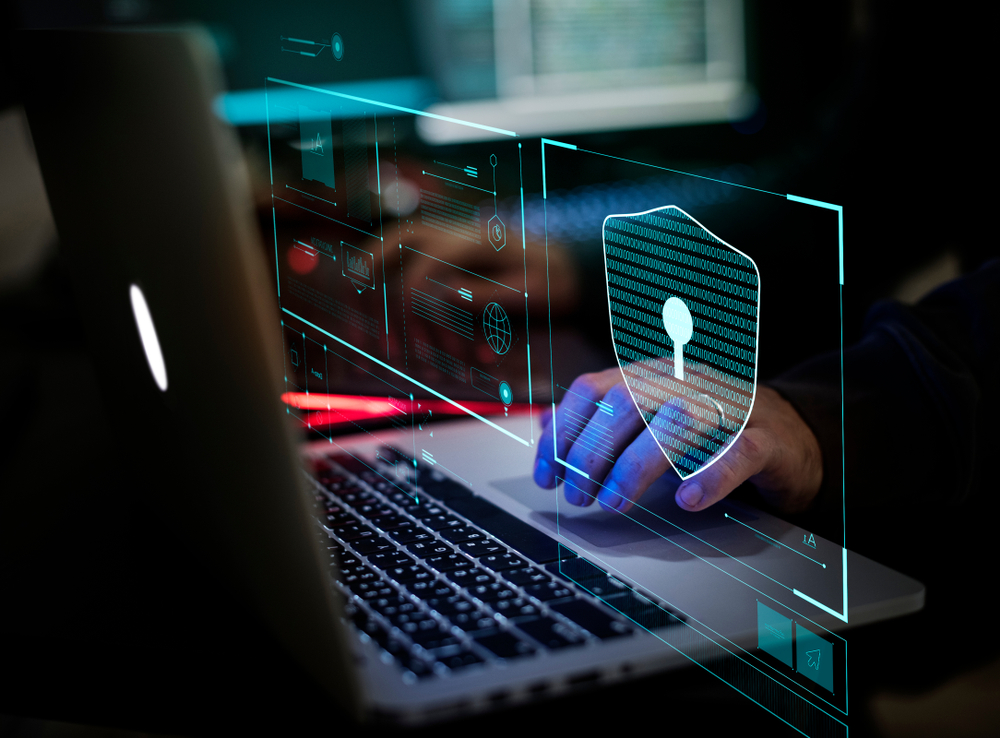

The average cost of dealing with a ransom attack on an organisation or business can be £4.10 million. The cost of a cyber attack or a data breach in the UK has increased by 8.1% over the last year.
A ransom attack on a business can take up to 237 days to identify and another 89 days for containment. Cyber threats are very real, costly, and are always becoming creative and invasive.
So, how should a business or organisation address potential cyber vulnerability? Cyber Essentials is intended to help you address potential threats you face in cyber security.
Read on to learn more about why Cyber Essentials are so important to you.
As early as 2014, the British government reckoned the serious threat related to cyber security. Through the Department for Business, Innovation and Skills, developed Cyber Essentials.
Cyber Essentials has multiple goals for organisations, including:
The threats included addressing phishing, hacking, and illegal password retrieval. Cyber Essentials is set for organisations to work through a checklist to evaluate their cyber security protocols.
Then it helps to address weak areas of their cyber security plan.
The world of cyber security is evolving at a breakneck pace. As soon as you think you’ve addressed one possible threat, another can appear.
But an organisation can’t address its cyber security needs without having a good understanding of the possible threats that are out there.
As businesses rely more and more on technology, with information and data in a computer or on a cloud, the risks increase.
One of the keys to a solid cyber security plan is that it can evolve and adjust as your needs change over time.
As Cyber Essentials was developed, the goal was to help organisations look at five key areas of their IT infrastructure.
An organisation starts with a self-assessment questionnaire to consider how their IT infrastructure will hold up in these five areas. Then the business can go on to address its needs in each area.
Let’s take a closer look at these five areas.
As the name suggests, a firewall is like a cyber wall that prevents access to private networks. When a cyber attacker attempts to get into a network to access information or data, the firewall, if done right, should prevent them from gaining access.
Your IT infrastructure can be built to identify who has access to your networks and their information. It can even delineate where certain users can go on the network.
Computer networks have servers that help organise information and where to go when looking for information. A key to quality cyber security is your server configurations. They help to prevent access where it shouldn’t be granted. When you have quality server configurations, you reduce your network’s vulnerability. This prevents your network from releasing information when it shouldn’t and helps to prevent unauthorised actions into your network.
Most organisation networks are built with users in mind. They also have network administrators who oversee and have more access, ability and control over things within the IT infrastructure. Any organisation has to be thoughtful about who and how many people have administrator privileges. The more people with total access, the more risk of hackers getting in. You want limited access to computers, applications, and networks for anyone without administrator status.
Malware is malicious software. It’s a type of software used by hackers to cause harm to computers and networks. Malware can be particularly dangerous and costly to organisations.
It can:
It’s a common practice for hackers to use malware to invade a network and hold it hostage until paid to release it. You need your IT infrastructure set up to prevent malware invasions.
The world of cyber security is constantly evolving. You find ways to protect your IT infrastructure; then hackers work to invade in new ways.
It requires your cyber security plan to be prepared to address changes and needs as they arise. If a weakness develops, you can patch the issue to remain secure.
There are two types of Cyber Essentials certification. There’s the Cyber Essentials certification and Cyber Essentials Plus. Both certifications start with Cyber Essentials requirements with a self-assessment questionnaire.
Your IT expert completes the assessment questionnaire answering questions about the five areas and your IT infrastructure. Many organisations will seek professional assistance to guide them through the assessment questionnaire.
Once complete, an external certifying body evaluates the assessment and decides if your IT infrastructure qualifies for Cyber Essentials certification.
A Cyber Essentials certification shows your organisation has done what needs to be done to protect against the most common types of cyberattacks.
Those who’ve suffered through a cyberattack can tell you that you’ll suffer business loss. You could face potentially great expense if you’re a victim of a cyber attack.
Although Cyber Essentials is often required to bid on government contracts, show your organisation has done everything possible to protect itself from the risks of cyberattacks. You gain the trust and confidence of those you do business with. Your credibility and reputation with a Cyber Essentials certification show you care about IT security. You get more business while assuring existing customers you take securing their data and information seriously.
Without a careful cyber security plan, your organisation can face a significant risk of a cyberattack. Cyber Essentials certification helps ensure you have a solid security plan.
Get a free consultation for your Cyber Essentials certification. Contact us today to get started.